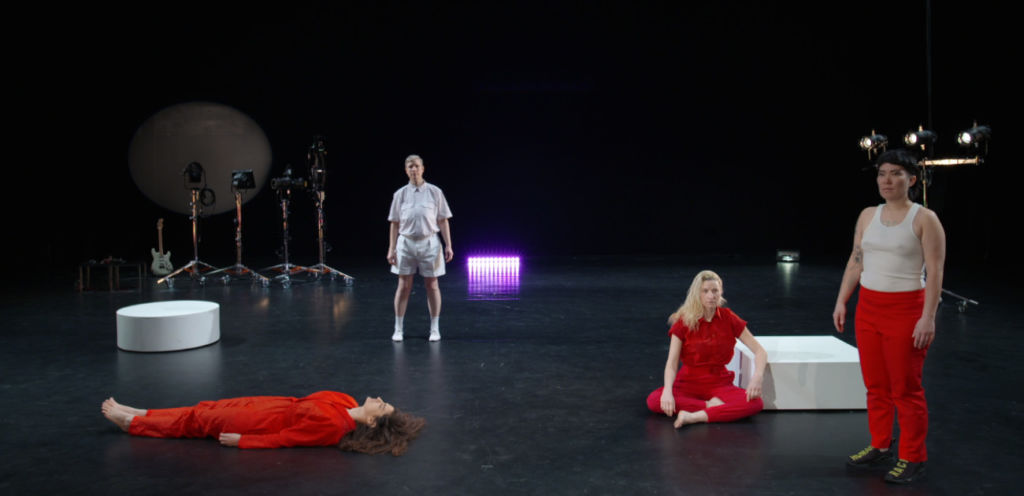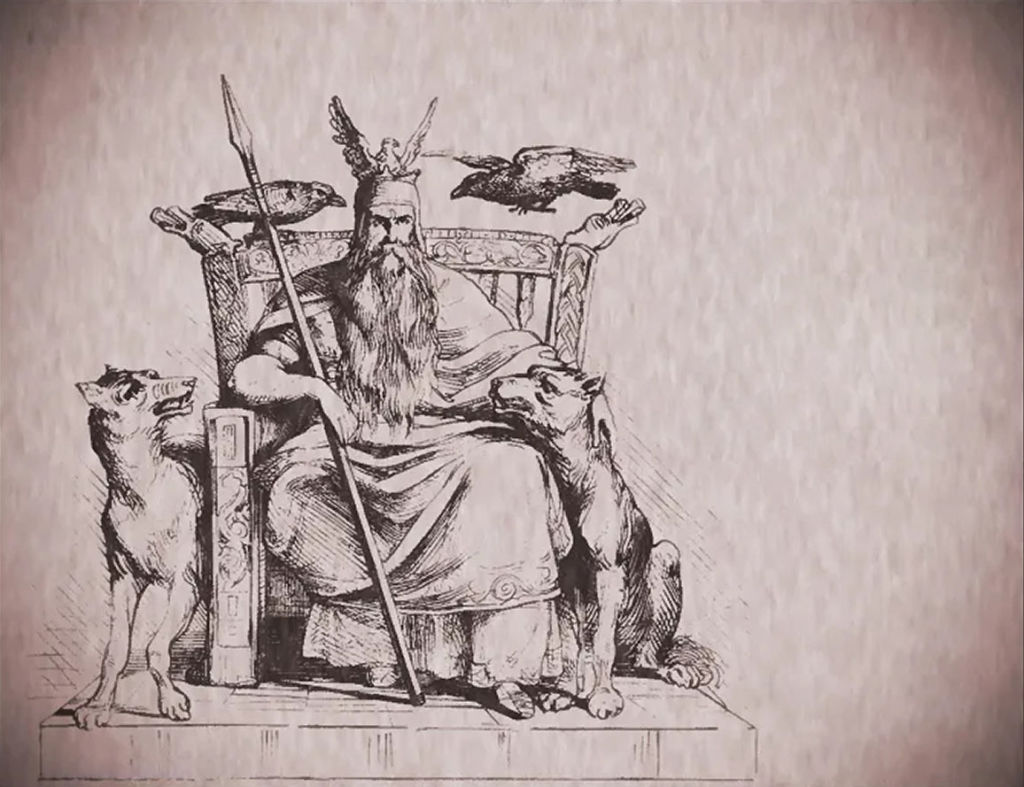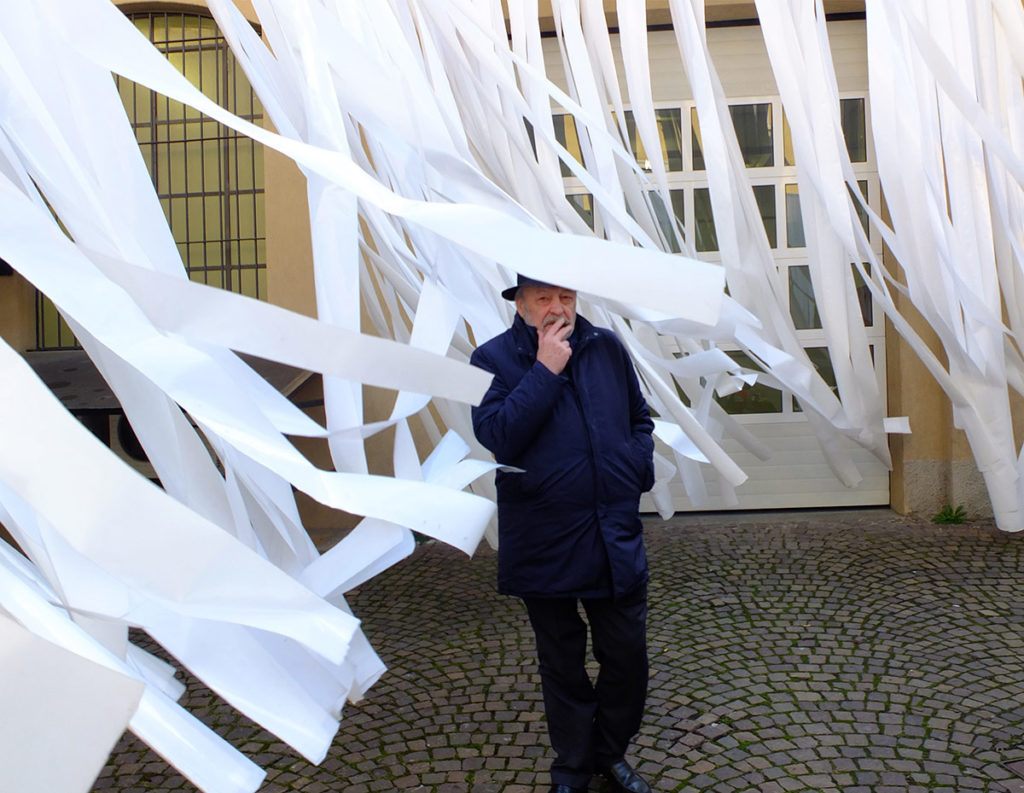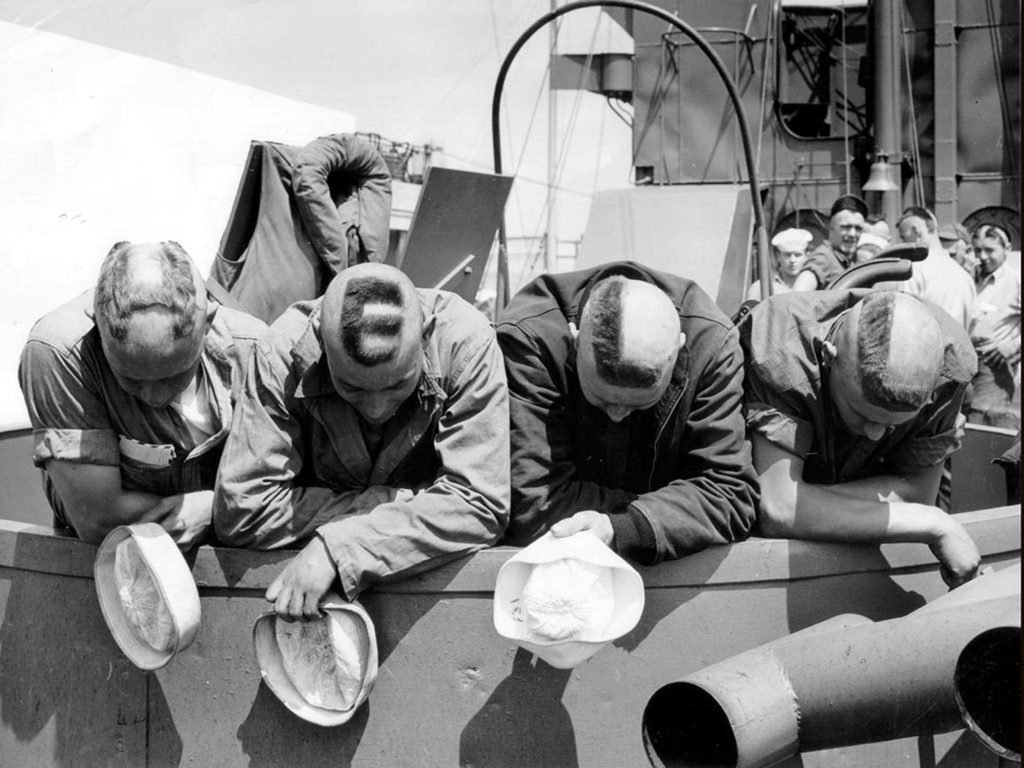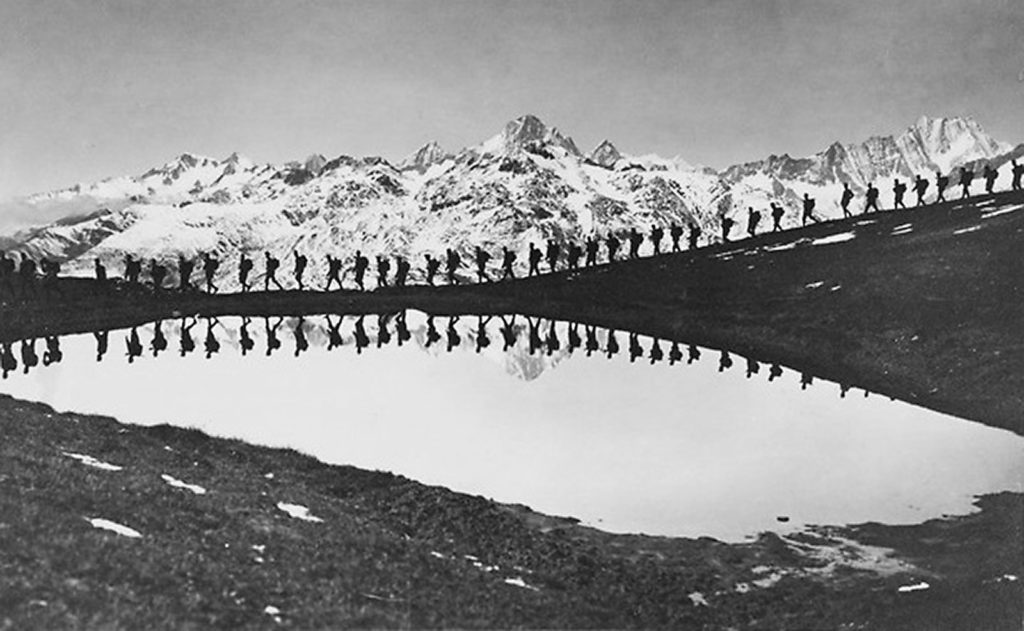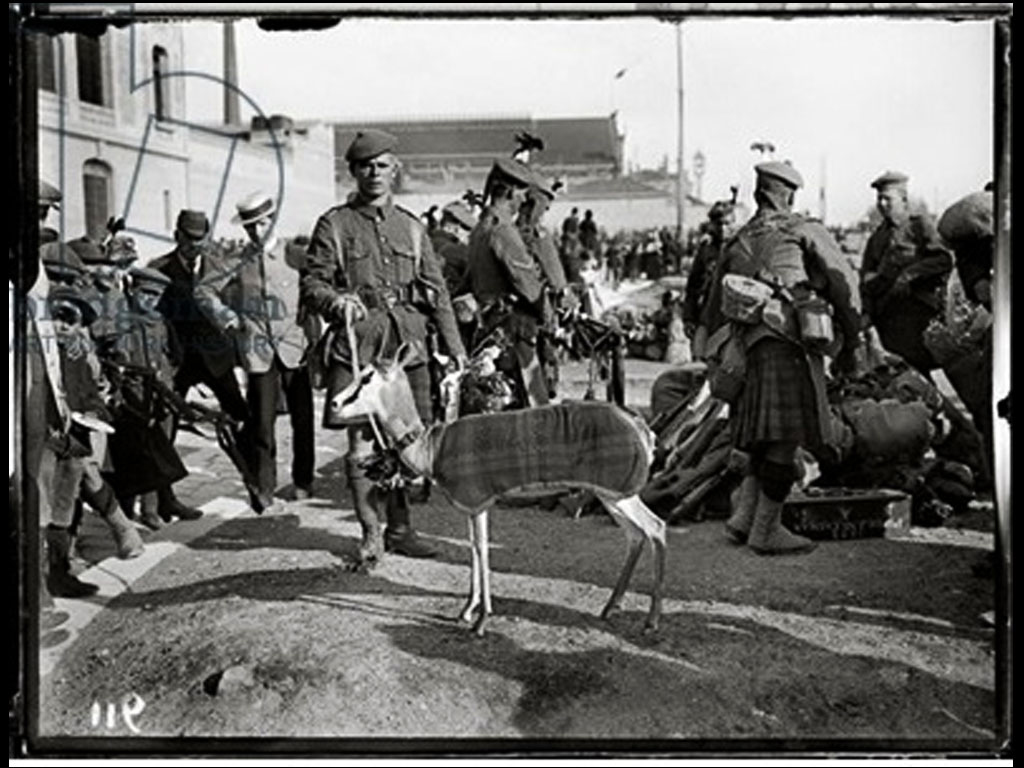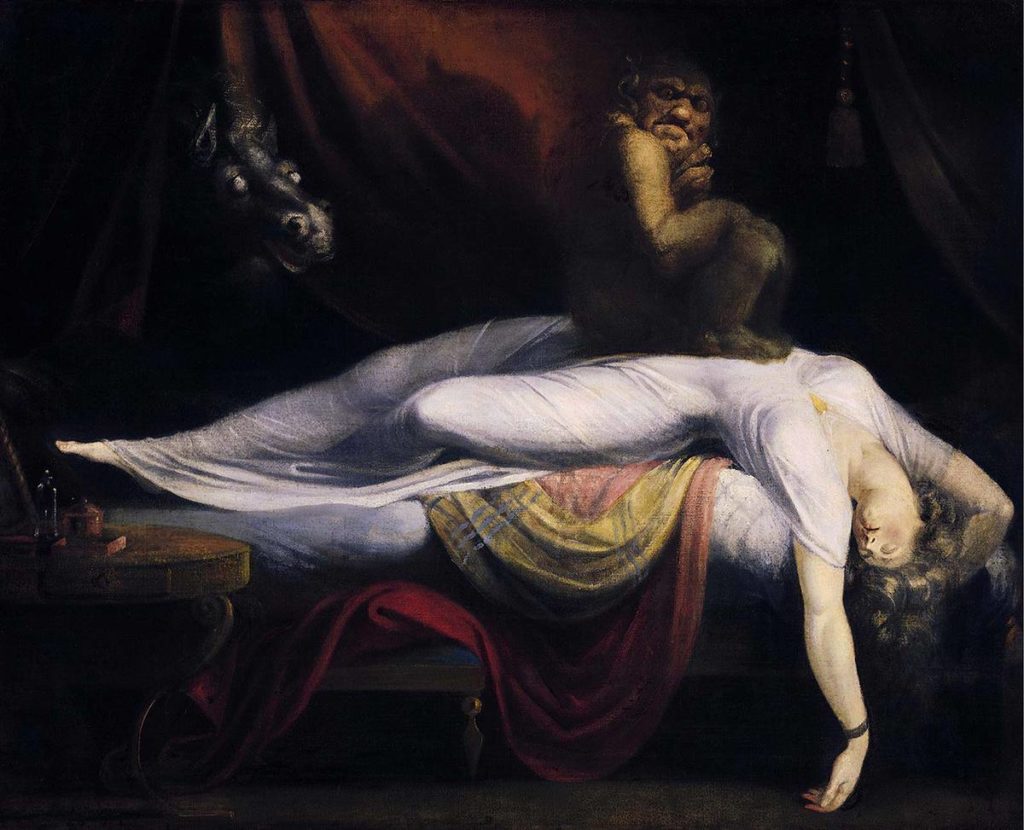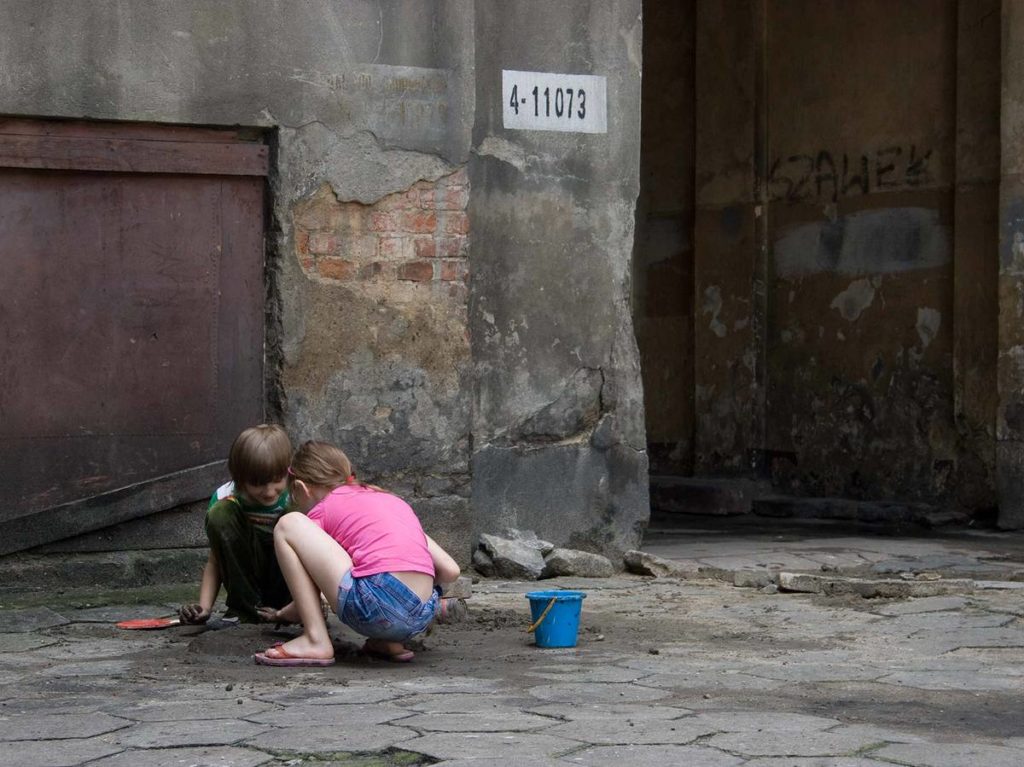Author of performances, films and installations, the artist duo Pauline Boudry & Renate Lorenz has been producing since 2007 a work full of sensitivity and affects that deconstructs all clichés about identity, beyond codes and genres. The artists return to the origins of their work and the sources of inspiration that irrigate their productions.
Title refers to the book Cruising utopias, « The Then and There Queer Futurity » José Esteban Muñoz, New York University Press. 2009, NY quoted by the artiste in our interview.
Léo Guy-Denarcy: You’ve been working together for about ten years on the contemporary art scene and your works focus on the history of the queer, feminist and LGBTQI movements. How do you consider the recent interest of certain structures, art historians, curators and artists in the history of feminist movement?
Pauline Boudry/Renate Lorenz: This is a very optimistic appraisal of the current situation in the contemporary art scene, and we wished we could fully share that. Still, the current oppressiveness of right-wing activities, surveillance and violence, is accompanied by many protest movements in so many countries. So many people no longer accept uneven and violent conditions of living and are determined to fight for something else. We recently looked at a map that tried to bring together at least the most well-known protests, such as the Kurdish women´s movement, Black Lives Matter or Fridays for Future, or the feminist anti-rape movement across South America like « Ni una menos » in Argentina, that’s very impressive! We guess that many people are desiring, striving, or urging for a different live perspective and this is as well mirrored in the field of art. We support that. But even though decolonial, queer and feminist movements are very close to our hearts and politics, we don’t consider our art work as focused on their histories. With our art practice, we rather try to sketch lines of desire that sometimes or often are informed by unfinished histories, by moments of becoming in history, that were never fulfilled or lived. We are also interested in transforming the art space in something different than a space for looking at art, a space for relations of alterity, for strange encounters, a space of desiring differently, – we do not yet fully understand (or don’t want to define) what kind of space this might be.
LGD: Many of your works are rooted in the biographical field. In N. O Body (2008) you are interested in Annie Jones, bearded woman of the Barnum circus, in I want (2015) to the poet Kathy Acker and the hacker Chelsea Manning or in To Valerie Solanas and Marilyn Monroe in Recognition of their Desperation (2013) to the composer Pauline Oliveros. What genealogy does this character gallery composes?
PB-RL : Annie Jones’ photographs helped us to understand better the ambivalences of the history of visibility, her portaits gave her a certain fame and income but – in the ways they were staged and distributed – made her body hypervisible and thus reinforced the normalcy of feminity for women. We tried to rework her portraits into a reinforcement of strangeness instead. Chelsea Manning’s disclosure of the US army’s atrocities were a very brave way of not complying with the racist violence which was performed by the US troops in Irak, but it was answered by years of imprisonment. Her story also shows in how far sexuality, gender and the industrial-military complex are intertwined. We are not so much interested in their biographies than in strenghtening some of their paths that are not or not yet fulfilled. With Pauline Oliveros, we do not take her biography into consideration in our work, we are just really smitten by her scores and music. We realized two of her scores in a slightly different way than they are usually performed and developed for each of the two films a version which is especially made for film and has a strong visual component. Thinking about it, they are all haunted by past violence or unfulfilled desires, as we are haunted by their histories. Something in their histories and work is alive and connects well with our ideas and affects about past events as well as unfulfilled desires.
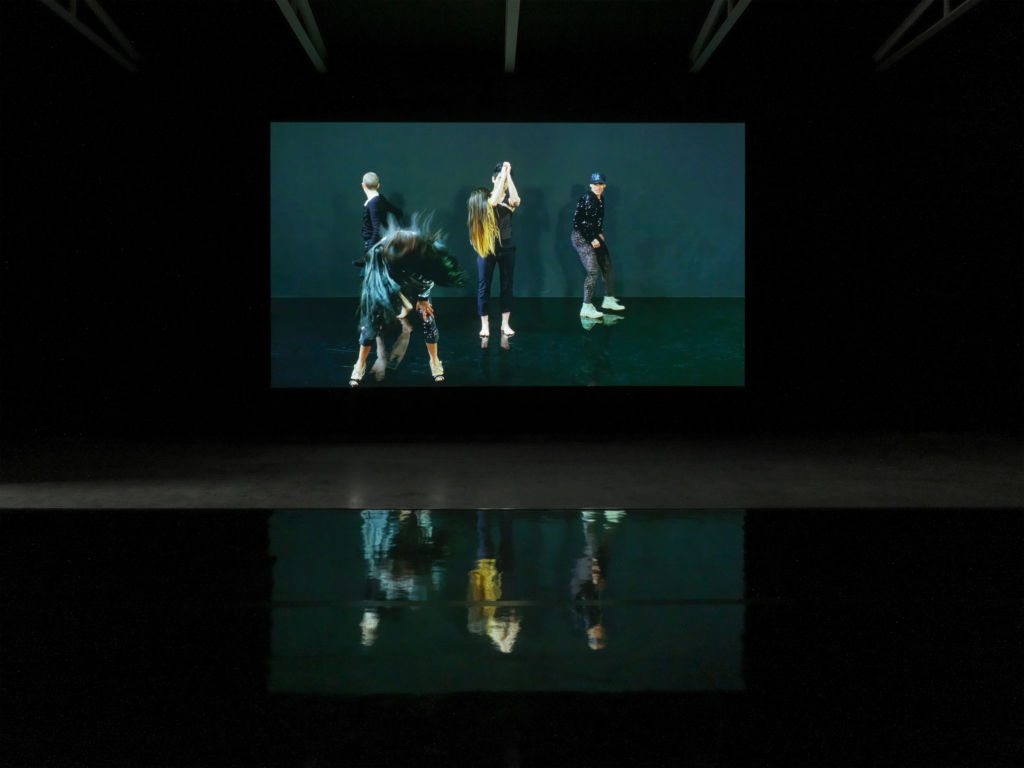
Moving Backwards, 2019 HD video installation 21 min
courtesy Marcelle Alix, Paris & Ellen de Bruijne Projects, Amsterdam
LGD: Renate Lorenz, the recent publication of your book Art Queer: une théorie freak (B42, 2018, english version published at Transcript, 2012) also takes the part of working on the vocabulary and terminology that accompanies this recent meeting between social science and artistic practice. What is the politics stand of this emerging glossary?
PB-RL : Yes, Queer Art draws its tools not only from art theory and philosophy but also from queer theory, post-colonial theory, and (dis-)ability studies, proposing what I call a queer embodiment. My attempt is – through extensive readings of art works by Zoe Leonard, Shinique Smith, Jack Smith, Wu Tsang, Ron Vawter, Bob Flanagan, Henrik Olesen, Felix Gonzalez-Torres and Sharon Hayes – to write nearby the ways, in which artistic practices abstract from, denormalize and reconfigure the human body and its temporal conceptions. My thesis in the book is that these artistic works thematize embodied categories such as sexuality and gender, tracing their history and making them non-self-evident, but they do not offer them up to identification. Instead, they make material beyond gender available for reflection and experimentation. With the book I liked to trace how exactly that might work. I would like to question how artistic practices produce embodiments, in a way that do not classify, level, and understand, but continue, by other means, the denormalization that it incites, the desire for being-other, being-elsewhere, and change?
LGD: It’s very interesting that you bring up here, that « beyond the gender ». What do you think and how do you look today at the evolution of the debate within society, linked to the #metoo “movement”, to the awarding of a César by Roman Polanski? Also how do you perceive the emergence of a conservative feminism in the public debate?
PB-RL : Working “beyond gender” allows us also to work with performers in our films in a way that de-subjectivizes and is interested in treating objects, light, music, hair, chains, smoke as performers as well. This is a very liberating move as we see it and it allows is also to work beyond a logic of progress and linear temporality.
Regarding #metoo we are as many of us shocked that it is “still possible” to award a prize in a way as it happened at the César and we solidarize with the women who protested loudly against it. But of course, Western societies are tempted to perceive themselves in a logic of progress, as those who are getting better at it. Even though we might long for progress at least in the questions of justice and equality, it is, instead, an ongoing struggle and debate and we have to act politically in the midst of that mess. The persistance of white male dominance in institutions is devastating though.
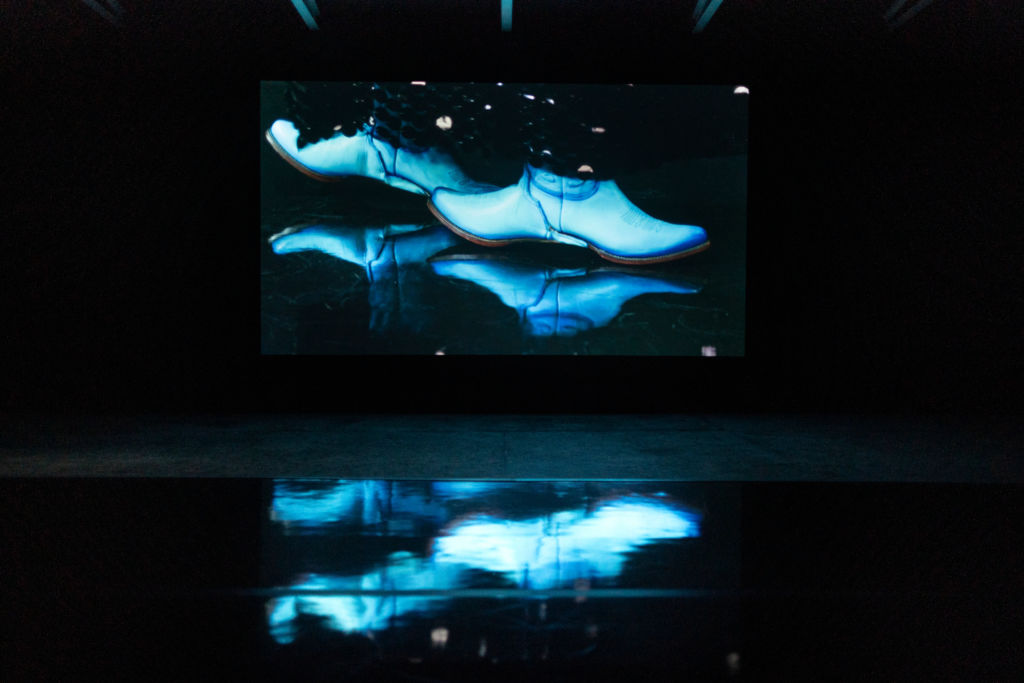
Moving Backwards, 2019 HD video installation 21 min
courtesy Marcelle Alix, Paris & Ellen de Bruijne Projects, Amsterdam
LGD: There is in your artistic approach an enterprise of visibility of the queer, which would be more logically the idea of “doing with” who we are and with our body. Is it a politicisation of sexuality, i.e. the idea of no longer being assigned to a gender?
PB-RL : Even the German constitutional court published a paper mentioning that there is no reason why gender has to be noted and fixed in IDs and passports, although this is not political consensus yet in Germany. The technologies that are distributed in the name of progress by the nation states and medical industry are also the technologies that allow gender changes, even prenatal now. There is nothing queer about this in the first place. We think that it is not so much the question “who we are,” (since there is no truth of the body) but “what we desire.” What has to be visualized is the violence that lies in the practices of assignment, as you mentioned. The assignment to exactly two genders and to heterosexuality is violent for everybody, since categorization always entails violent practices of inclusion, complying, and exclusion. Opening up to alterity to something that one doesn’t know yet, that is not already understood and categorized, that would be the queer move here, the move which we are longing for.
LGD: Finally, my last question concerns identity more generally. I was immediately drawn to your work by the way you look at multiple identities, at the possible change and emancipatory power of the body. Can you tell me how important this question is in your work and how you link it to contemporary society?
PB-RL : Our art works are concerned with a disidentification from all identities rather than (only) their multiplication. We like doubt, suspense and denaturalizations of bodies and identities. Our “wig paintings” for instance, objects made out of artificial hair, which hover in between a painting and a wig but which are minimalist and abstract at the same time might challenge the question even of what a body is and how an object gains agency. We like to work with practices – queering time and speed, cruising utopias1 – rather than identities. Our recent film installation in progress is concerned with queer time and rhythm and how to intervene through dance and movement in what scholar Elisabeth Freeman calls the “deadening rhythms of white middle class domesticity”. This doesn’t mean that we are against strategic identity politics, but we believe that they have to be performed in a tension with disidentification practices in order of not finding oneself in a new (or old) box. Also, we employ strategies a lot in our work, which challenge the dominance and uneven distribution of visibility for instance by using opaque structures in shootings and installations or by choreographing the audience in a way that they actively have to define their field of vision. We like to introduce a withholding or suspense of seeing everything one desires to see.
Translation: Léo Guy-Denarcy
Cover : Telepathic Improvisation, 2016 Installation with HD projection 20 min, courtesy Marcelle Alix, Paris & Ellen de Bruijne Projects, Amsterdam collection frac Normandie Caen (FR)
